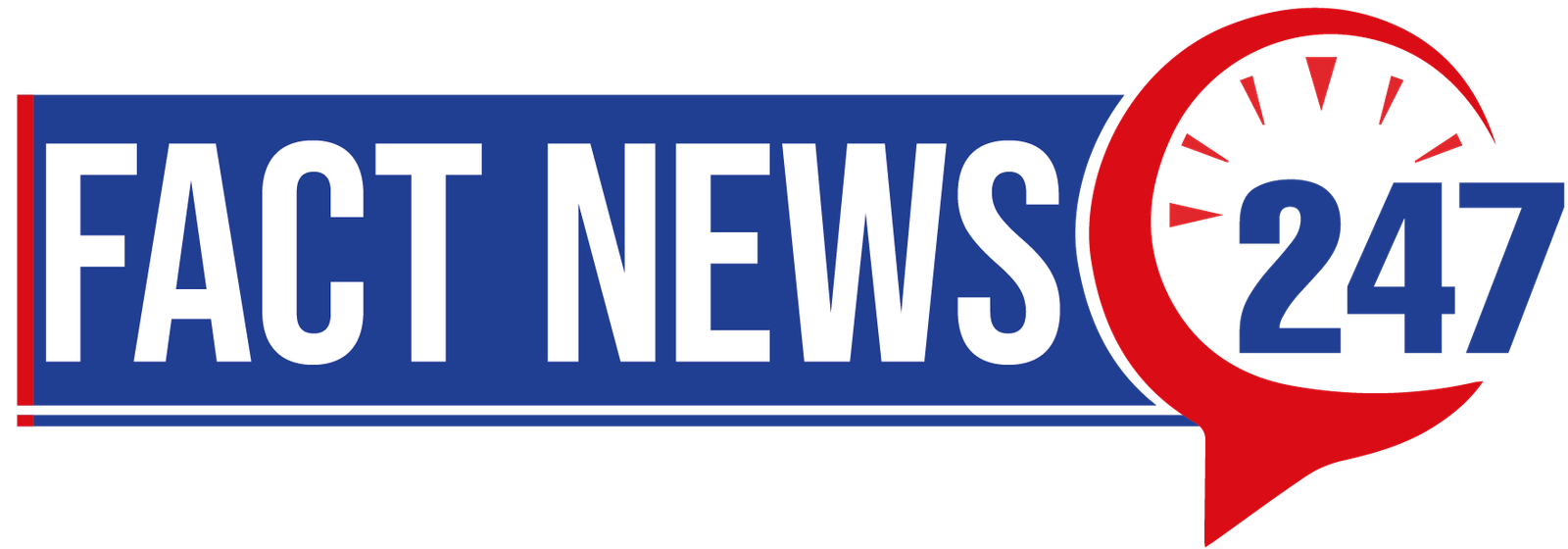Mounjaro, a groundbreaking medication, has gained attention for its potential to aid weight loss. This innovative treatment offers hope to individuals struggling with obesity and related health issues. As more people seek effective solutions for managing their weight, understanding how to get Mounjaro for weight loss has become a topic of significant interest.
This guide aims to provide a comprehensive overview of accessing Mounjaro for weight loss purposes. It will cover the benefits of Mounjaro, the steps to qualify for a prescription, and ways to obtain the medication. Additionally, the article will explore options for accessing Mounjaro with and without insurance, addressing concerns about cost and availability. By the end, readers will have a clear understanding of the process to potentially incorporate Mounjaro into their weight loss journey.
Table of Contents
ToggleUnderstanding Mounjaro and Its Weight Loss Benefits
how to get mounjaro for weight loss: What is Mounjaro?
Mounjaro, also known by its generic name tirzepatide, is an injectable medication originally developed to treat Type 2 diabetes. It represents a groundbreaking advancement in medical science, as it targets two specific hormones in the body. Mounjaro activates both the glucagon-like peptide-1 (GLP-1) and glucose-dependent insulinotropic polypeptide (GIP) receptors. These hormones play crucial roles in regulating blood sugar levels and controlling appetite.
how to get mounjaro for weight loss: How Mounjaro aids weight loss
Mounjaro has a significant impact on weight loss through several mechanisms:
- Appetite suppression: By activating GLP-1 and GIP receptors, Mounjaro helps individuals feel fuller faster and for longer periods. This leads to reduced food intake and calorie consumption.
- Slowed gastric emptying: The medication slows down the movement of food from the stomach to the small intestine, contributing to prolonged feelings of fullness.
- Increased energy expenditure: GIP has been shown to boost energy expenditure, which, when combined with reduced food intake, results in weight loss.
- Improved insulin sensitivity: As individuals lose weight, their bodies become more responsive to insulin, which helps lower blood sugar levels.
Clinical trials have demonstrated impressive results. In a study involving adults with obesity, participants taking 5 milligrams of Mounjaro for 72 weeks lost an average of 15% of their body weight.
how to get mounjaro for weight loss: FDA approval status
It’s important to note that while Mounjaro has gained attention for its weight loss potential, its FDA approval status is specific:
- Mounjaro (tirzepatide) is FDA-approved for improving blood sugar levels in adults with Type 2 diabetes when used in combination with diet and exercise.
- The FDA has not approved Mounjaro specifically for weight loss. However, healthcare professionals may prescribe it “off-label” for weight management in individuals with obesity or overweight conditions.
- On November 8, 2023, the FDA approved Zepbound, which contains the same active ingredient as Mounjaro (tirzepatide), specifically for weight loss in adults with obesity or overweight with weight-related health conditions.
This FDA approval of Zepbound addresses an unmet medical need, considering the increasing rates of obesity and overweight in the United States. The approval was based on clinical trials that showed significant weight reduction in participants using the medication in combination with a reduced-calorie diet and increased physical activity.
Also Read : How Many Kids Does George Foreman Have
Qualifying for a Mounjaro Prescription
how to get mounjaro for weight loss: Eligibility criteria
To qualify for a Mounjaro prescription, individuals must meet specific criteria. Additionally, some individuals may consider using gut health supplements to support their digestive system while undergoing treatment, as maintaining gut health can be beneficial for overall wellness.
For off-label weight loss prescriptions, individuals typically need to demonstrate:
- A body mass index (BMI) of 27-30 or higher
- Unsuccessful past attempts at weight loss through lifestyle changes alone
- The presence of weight-related health conditions
It’s important to note that Mounjaro is intended for use only in adults and is not approved for children.
how to get mounjaro for weight loss: Medical conditions that disqualify you
Certain medical conditions may disqualify individuals from using Mounjaro. These include:
- Personal or family history of medullary thyroid carcinoma (MTC) or Multiple Endocrine Neoplasia syndrome type 2 (MEN 2)
- History of pancreatitis
- Severe gastrointestinal disease, including severe gastroparesis
- Non-proliferative diabetic retinopathy requiring acute therapy, proliferative diabetic retinopathy, or diabetic macular edema
- Severe kidney or pancreas issues
- History of hypersensitivity reactions to Mounjaro or its ingredients
Pregnant or breastfeeding individuals are also advised against using Mounjaro, as its effects on fetal development and infants are not well-studied.
how to get mounjaro for weight loss: Discussing Mounjaro with your doctor
When considering Mounjaro, it’s crucial to have an open and honest discussion with a healthcare provider. During the evaluation, individuals should:
- Provide a comprehensive personal and family medical history
- Disclose all current medications, including over-the-counter drugs, vitamins, and supplements
- Explain their reasons for wanting to use Mounjaro
- Share their health goals and previous weight loss attempts
- Ask about potential side effects and risks associated with Mounjaro
Healthcare providers will assess the individual’s overall health, including blood pressure and any existing diabetes complications. They may also discuss alternative treatment options and create a personalized diet and exercise plan to complement Mounjaro use. Regular follow-ups with the healthcare provider are necessary to monitor progress and adjust treatment as needed.
Also Read : How Many Kids Does George Foreman Have
Obtaining a Mounjaro Prescription
In-person doctor visits
To get a Mounjaro prescription, individuals can schedule an in-person appointment with a qualified healthcare provider. During this visit, the doctor will conduct a thorough assessment of the patient’s health, including their medical history and weight loss goals. Based on this evaluation, the healthcare provider will determine if Mounjaro is an appropriate treatment option.
The doctor will consider several factors when deciding whether to prescribe Mounjaro:
- Type 2 diabetes diagnosis
- Body Mass Index (BMI) of 30 or higher for obesity, or 27 or higher with weight-related health conditions
- Previous unsuccessful attempts at weight loss through lifestyle changes alone
- Presence of weight-related health issues
It’s crucial for patients to disclose their complete medical history, current medications, and any existing health conditions during the consultation. This information helps the doctor make an informed decision about prescribing Mounjaro.
Telehealth consultations
For those who prefer a more convenient option, telehealth services offer the possibility to obtain a Mounjaro prescription online. Platforms like PlushCare, Noom Med, and Sesame Care provide access to board-certified doctors who can evaluate patients virtually and prescribe Mounjaro when appropriate. In addition to Mounjaro, patients may also discuss gut health supplements with their healthcare provider, as these supplements can support digestive health, which is important for overall well-being during treatment.
To get a Mounjaro prescription through telehealth:
- Create an account on a reputable telehealth platform
- Schedule a video appointment with a healthcare provider specializing in weight loss services
- Attend the virtual consultation and discuss medical history, current health status, and weight loss goals
- If deemed eligible, receive an electronic prescription for Mounjaro
Telehealth consultations offer flexibility and convenience, allowing patients to connect with healthcare professionals from the comfort of their homes.
Required medical tests
Before prescribing Mounjaro, healthcare providers may order certain medical tests to ensure the medication is safe and appropriate for the patient. These tests help assess overall health and identify any potential contraindications.
Common medical tests required may include:
- Blood glucose levels to confirm type 2 diabetes diagnosis
- Kidney function tests
- Thyroid function tests
- Pancreatic enzyme levels
- Eye examination to check for diabetic retinopathy
After reviewing the test results, the healthcare provider will discuss treatment options with the patient. It’s important to note that Mounjaro is not suitable for everyone. Individuals with a history of medullary thyroid carcinoma, multiple endocrine neoplasia syndrome type 2, or severe gastrointestinal conditions should not use Mounjaro.
Also Read : How Many Kids Does George Foreman Have
Accessing Mounjaro with and without Insurance
Insurance coverage options
Mounjaro, a once-weekly injectable medication containing tirzepatide, has gained attention for its potential to regulate blood sugar levels in patients with type 2 diabetes. Insurance coverage for Mounjaro varies depending on the individual’s health plan and the prescribed use of the medication.
For individuals with commercial insurance, coverage for Mounjaro is more likely when prescribed for its FDA-approved use in treating type 2 diabetes.
It’s important to note that coverage rules for weight loss medications differ by state. As of 2022, only North Carolina and New Mexico included coverage of weight-loss medications in their Essential Health Benefits benchmark plans. North Dakota plans to include coverage for weight-loss drugs, including GLP-1s for treating morbid obesity, starting in 2025.
For those with employer-sponsored health plans, coverage for weight-loss medications can vary significantly. While most plans cover GLP-1 drugs for diabetes treatment, only about a quarter provide coverage for weight loss. Some employers are even restricting or eliminating existing coverage for weight-loss drugs.
Medicare does not cover these medications when used solely for weight loss, as federal law prohibits Medicare Part D from covering prescription drugs for this purpose. However, Medicare Part D may cover medications like Ozempic when prescribed for other medical conditions, such as diabetes.
Medicaid coverage for weight-loss drugs varies by state. According to a 2022 analysis, fee-for-service Medicaid covers weight-loss medication in 15 states, with four additional states offering coverage under at least one Medicaid managed-care plan.
Also Read : How Many Kids Does George Foreman Have
Mounjaro savings programs
To help make Mounjaro more affordable, the manufacturer, Eli Lilly, offers a patient savings card program. Eligible individuals may pay as little as $25 for a 1-month, 2-month, or 3-month prescription of Mounjaro. However, this program has specific eligibility requirements:
- Participants must be residents of the United States or Puerto Rico and 18 years of age or older.
- They cannot be enrolled in federal or state government-funded prescription programs such as Medicaid, Medicare Part D, or Medigap.
- The Mounjaro prescription must be for Type 2 Diabetes.
For patients with commercial drug insurance that covers Mounjaro, the savings card can provide up to $150 in savings per 1-month prescription, with a maximum annual savings of $1,800 per calendar year. The card can be used for up to 13 prescription fills annually.
For those with commercial insurance that doesn’t cover Mounjaro, the savings card can provide up to $573 off a 1-month prescription, with a maximum annual savings of $3,438. In this case, the card can be used for up to 6 prescription fills per calendar year.
Out-of-pocket costs
Without insurance or coupons, the average retail price for Mounjaro typically ranges from $1,000 to $1,200 for a month’s supply. This can amount to over $12,000 annually for those paying entirely out of pocket.
For individuals with insurance coverage, out-of-pocket costs will depend on their plan’s specific coverage, copays, and deductibles. Mounjaro is often listed as a “non-preferred medication,” which may result in higher copays.
To help reduce costs, patients can explore prescription discount plans and programs offered by companies like SingleCare and Optum Perks. These programs provide coupons or discount codes that can be used at participating pharmacies to lower out-of-pocket expenses, especially beneficial for those with high-deductible insurance plans or no insurance coverage.
It’s crucial for patients to review their insurance coverage, explore savings programs, and discuss options with their healthcare provider to find the most cost-effective way to access Mounjaro for their specific needs.
Also Read : How Many Kids Does George Foreman Have
Conclusion
Accessing Mounjaro for weight loss involves a multi-step process that requires careful consideration and medical guidance. Understanding the medication’s benefits, eligibility criteria, and prescription options empowers individuals to make informed decisions about their weight management journey. The availability of both in-person and telehealth consultations provides flexibility to those seeking to explore Mounjaro as a potential solution.
Cost considerations play a significant role in the decision to use Mounjaro. Insurance coverage, savings programs, and out-of-pocket expenses all have an impact on accessibility. By exploring various options and discussing them with healthcare providers, individuals can find the most suitable and cost-effective approach to incorporate Mounjaro into their weight loss plan. This comprehensive guide aims to equip readers with the knowledge needed to navigate the process of obtaining Mounjaro, potentially opening new doors to achieve their health and weight management goals.
FAQs
How can I obtain a prescription for Mounjaro to aid in weight loss?
To get Mounjaro prescribed for weight loss, you should consult with a healthcare provider, either in person or online. It is important that the medication is deemed medically appropriate for your condition.
What steps are needed to purchase Mounjaro for $25?
To purchase Mounjaro for as low as $25, you must have commercial drug insurance that covers Mounjaro (tirzepatide) and your prescription must align with the FDA-approved product labeling. This offer applies to a 1-month, 2-month, or 3-month prescription fill.
Is it possible to lose 20 pounds within a month using Mounjaro?
Weight loss with Mounjaro varies, but based on randomized controlled trial data, an average weight loss of about 4% of body weight can be expected after one month of use. After two months, this could increase to around 6% of body weight.
What is the cost of Mounjaro if I do not have insurance?
Mounjaro can cost between $1000 to $1200 per month when purchased without insurance or coupons. Note that most commercial health insurance plans cover Mounjaro only if it is prescribed specifically for type 2 diabetes.



























+ There are no comments
Add yours